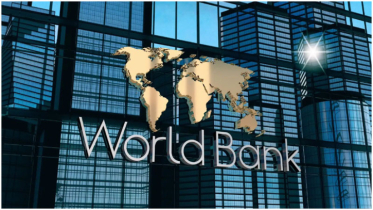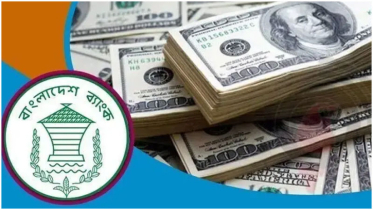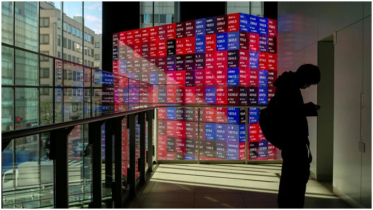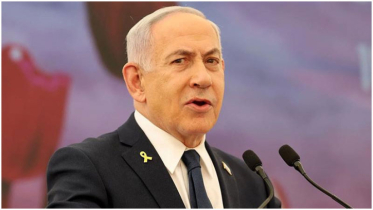Bangladesh aims to join China-led RCEP, CEPA with India on hold for now
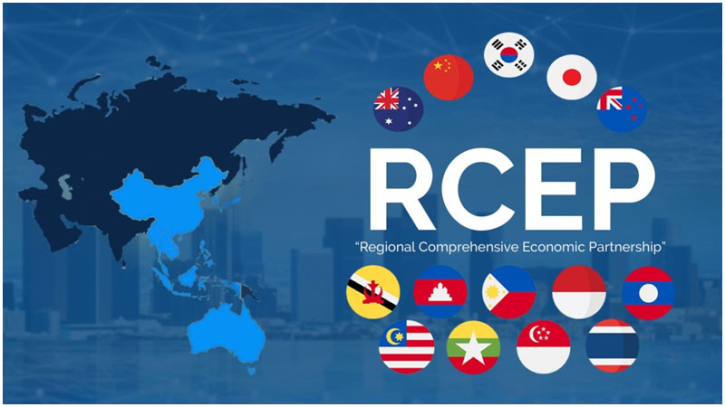
In a significant pivot in trade strategy, the interim government of Bangladesh has decided to prioritise joining the Regional Comprehensive Economic Partnership (RCEP), the world's largest trade bloc led by China, over signing a Comprehensive Economic Partnership Agreement (CEPA) with India.
Bangladesh is expected to formally apply for RCEP membership this week, according to commerce ministry officials. They said the ministry is also preparing to negotiate Free Trade Agreements (FTAs) with several countries.
The chief adviser Dr. Muhammad Yunus has granted approval to initiate the membership process for RCEP, Commerce Secretary Md Selim Uddin told a local media. "Bangladesh will file the application through the foreign ministry."
He noted that negotiations for FTAs with various nations, including Japan, China, Thailand, and Singapore, are being revived, but no steps will be taken to advance the CEPA discussions with India for the time being.
The 15 member countries of RCEP account for nearly 30% of the world's population (2.3 billion people) and a combined market worth $26.3 trillion.
RCEP includes Australia, Brunei, Cambodia, China, Indonesia, Japan, South Korea, Laos, Malaysia, Myanmar, New Zealand, the Philippines, Singapore, Thailand, and Vietnam.
To join, Bangladesh will need to develop an action plan and negotiate separately with the 15 member countries, a process that could take two to three years.
Secretary Selim Uddin expressed confidence that the FTA with Japan will be finalised before Bangladesh secures RCEP membership, and that negotiations with China for an FTA will continue.
"Should there be additional benefits from signing an FTA with China after joining RCEP, Bangladesh is open to pursuing that as well," he added.
Abdur Razzaque, chairman of Research and Policy Integration for Development (RAPID), told that the decision to join RCEP is rational, but adequate preparations are essential.
He noted that Bangladesh has the highest tariff rates globally, indicating a need for reforms across various sectors, including tariff reductions.
When asked about the lack of progress on CEPA negotiations with India, he said the decision on CEPA was politically motivated and that the next elected government could address this matter politically.
Meanwhile, negotiations are ongoing for an Economic Partnership Agreement (EPA) with Japan. On Tuesday, the commerce ministry held a workshop on the agreement. Besides, earlier this year, the government announced the start of negotiations for an FTA with China.
CEPA vs RCEP
Commerce ministry officials said they have opted to pause discussions on CEPA with India and future decisions on the agreement will rest with the next elected government.
The Hasina government initiated a CEPA agreement with India, following the signing of a Preferential Trade Agreement (PTA) with Bhutan. The CEPA focuses on bilateral tariff exemptions and covers regional connectivity, investment, and services.
A joint feasibility study projected that signing the CEPA could boost Bangladesh's export earnings by $3-$5 billion over the next seven to ten years, while India's earnings would rise by $4-$10 billion.
After the CEPA initiative with India, China proposed signing an FTA with Bangladesh. Despite expressing interest, the Hasina government did not take significant action.
During Sheikh Hasina's visit to India in March, both prime ministers announced the commencement of negotiations for CEPA. The commerce ministry then sought approval from the then-prime minister for the application to join RCEP.
However, several current and former commerce ministry officials told TBS that India had expressed reservations about Bangladesh joining RCEP, warning that it would halt CEPA negotiations.
Consequently, Sheikh Hasina did not sign the file to apply for RCEP membership, keeping the matter on hold, they said. Before the last elections, Hasina was reluctant to upset India, which led to a delay in the RCEP application process.
Former foreign secretary Humayun Kabir said India showed interest in CEPA, which would allow for product exports and enable Indian services, particularly in banking and insurance, to operate in Bangladesh.
"India wanted Bangladesh to initially sign a comprehensive agreement solely with them, but Bangladesh aimed to keep its options open," he said.
He explained that the banking and insurance sectors in Bangladesh, largely controlled by the Hasina government's aligned businesses, were not keen on CEPA. However, some stakeholders benefiting from imports from India did favour the agreement.
Benefits of joining RCEP
According to officials, when Bangladesh opted to join RCEP in September last year, the decision was based on extensive considerations. In the 21st century, countries in ASEAN and East Asia, which are part of RCEP, are poised to become the centres of the global economy, making it logical for Bangladesh to connect with these economies.
Officials have noted that while RCEP is often viewed as a trade bloc led by China, it also includes close allies of the US, such as Japan, South Korea, and Australia.
Furthermore, India can join RCEP as a founding member at any time. India was originally involved in the formation of RCEP but decided against signing the agreement at the last moment.
In addition, the countries with which Bangladesh is discussing FTAs include Japan, Indonesia, Malaysia, Singapore, South Korea, and China, all of which are part of RCEP.
Joining RCEP is expected to enhance Bangladesh's export volume by an estimated $5 billion, according to the feasibility studies conducted.
The 15 member countries of RCEP account for nearly 30% of the world's population (2.3 billion people) and a combined market worth $26.3 trillion.
Commerce officials said joining RCEP will significantly enhance Bangladesh's connectivity to regional value chains. The potential for increased exports has been a focal point of discussions regarding the benefits of membership.
For instance, Vietnam imports raw materials from China and has significant Chinese investment, while also exporting considerably to RCEP member countries. This integration has already connected Vietnam to the value chains of RCEP member countries.
Officials said that upon joining RCEP, Bangladesh will need to reduce tariffs on 90% of trade within the first ten years, with an additional 15 years allocated for the remaining 10% of tariff reductions.
In advocating for RCEP membership, the commerce ministry has informed the chief adviser that Bangladesh's entry into RCEP could result in an increase of $3.26 billion in exports and $3.36 billion in foreign investment
A significant portion of the export growth will come from the garment sector, which could raise demand for workers by 18%.
Overall, RCEP membership could boost Bangladesh's GDP by 0.26%.
According to ministry documents, membership in RCEP would grant Bangladesh access to benefits in ASEAN member countries eliminating the need for separate negotiations with these nations for market advantages.
This would allow Bangladesh to maintain tariff benefits even after graduating from LDC status, thereby integrating into global value chains and enhancing commercial and strategic benefits in both regional and international arenas.
Al Mamun Mridha, secretary general of the Bangladesh China Chamber of Commerce and Industries, said RCEP covers nearly 30% of the global economy and population, providing Bangladesh with direct access to key markets in Asia.
"This would enable greater exports of textiles, ready-made garments, pharmaceuticals, and other goods boosting its economy," he added.
Bsides, joining RCEP could enhance Bangladesh's appeal to investors from member states, especially in manufacturing, infrastructure, and technology, facilitating the development of regional supply chains, said Mridha.
He further said RCEP promotes trade liberalisation in services, presenting significant growth potential for Bangladesh, especially in IT, telecommunications, and financial services.
.png)

